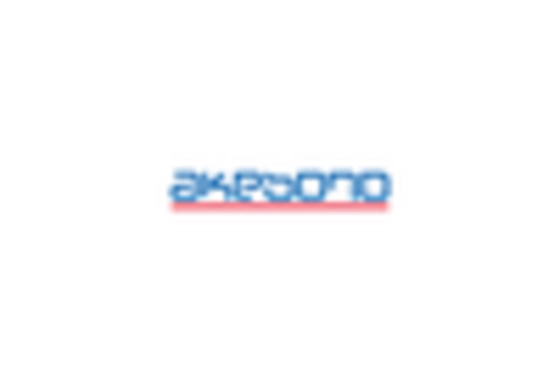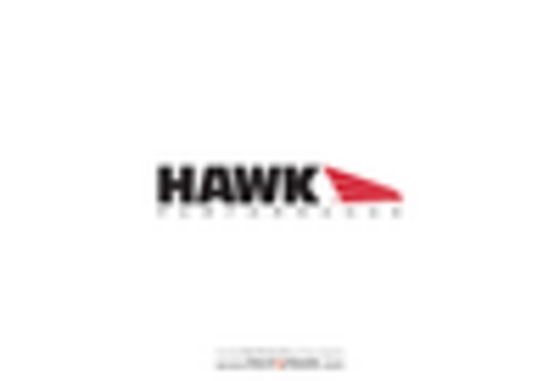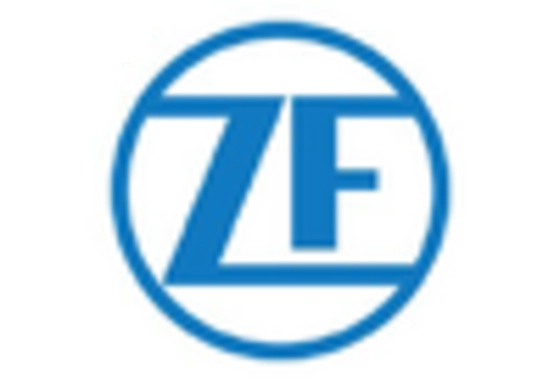Rising Safety Standards
The Brake Pad Market is significantly influenced by the rising safety standards imposed by regulatory bodies. Governments worldwide are increasingly mandating stringent safety regulations for vehicles, which include requirements for high-performance braking systems. As a result, manufacturers are focusing on producing brake pads that meet or exceed these standards. In 2025, it is anticipated that the demand for advanced braking systems will rise by approximately 15%, driven by consumer awareness and regulatory compliance. This trend not only enhances the safety of vehicles but also propels the Brake Pad Market towards adopting innovative technologies and materials that improve braking efficiency and reliability.
Environmental Regulations
The Brake Pad Market is increasingly influenced by stringent environmental regulations aimed at reducing harmful emissions and promoting sustainability. Governments are implementing policies that encourage the use of eco-friendly materials in automotive components, including brake pads. As a result, manufacturers are compelled to develop products that comply with these regulations while maintaining performance standards. In 2025, it is expected that the demand for environmentally friendly brake pads will rise by 25%, driven by consumer preferences and regulatory pressures. This shift towards sustainability not only enhances the reputation of manufacturers but also propels the Brake Pad Market towards a more responsible and innovative future.
Technological Innovations
The Brake Pad Market is significantly shaped by ongoing technological innovations that enhance braking performance and efficiency. Manufacturers are increasingly investing in research and development to create advanced brake pad materials that offer improved durability and reduced wear. Innovations such as ceramic and semi-metallic brake pads are gaining traction, as they provide better performance under various driving conditions. In 2025, it is projected that the market for advanced brake pad technologies will grow by approximately 20%, reflecting the industry's commitment to safety and performance. This focus on innovation not only benefits consumers but also positions the Brake Pad Market for sustained growth in a competitive landscape.
Growth of Aftermarket Sales
The Brake Pad Market is witnessing substantial growth in aftermarket sales, driven by the increasing number of vehicles on the road and the need for regular maintenance. As vehicles age, the demand for replacement brake pads rises, creating a lucrative market for aftermarket suppliers. In 2025, the aftermarket segment is expected to account for nearly 60% of the total brake pad sales, highlighting the importance of this sector. This growth is further fueled by the rising awareness among consumers regarding vehicle maintenance and safety, prompting them to invest in high-quality replacement parts. Consequently, the Brake Pad Market is adapting to meet the evolving needs of consumers in the aftermarket space.
Increasing Vehicle Production
The Brake Pad Market is experiencing a notable surge due to the increasing production of vehicles across various segments. As manufacturers ramp up production to meet consumer demand, the need for high-quality brake pads becomes paramount. In 2025, the automotive sector is projected to produce over 90 million vehicles, which directly correlates with the demand for brake components. This increase in vehicle production not only drives the brake pad market but also encourages innovation in materials and technologies used in brake systems. Consequently, manufacturers are compelled to enhance their offerings to ensure safety and performance, thereby fostering growth within the Brake Pad Market.


















Leave a Comment